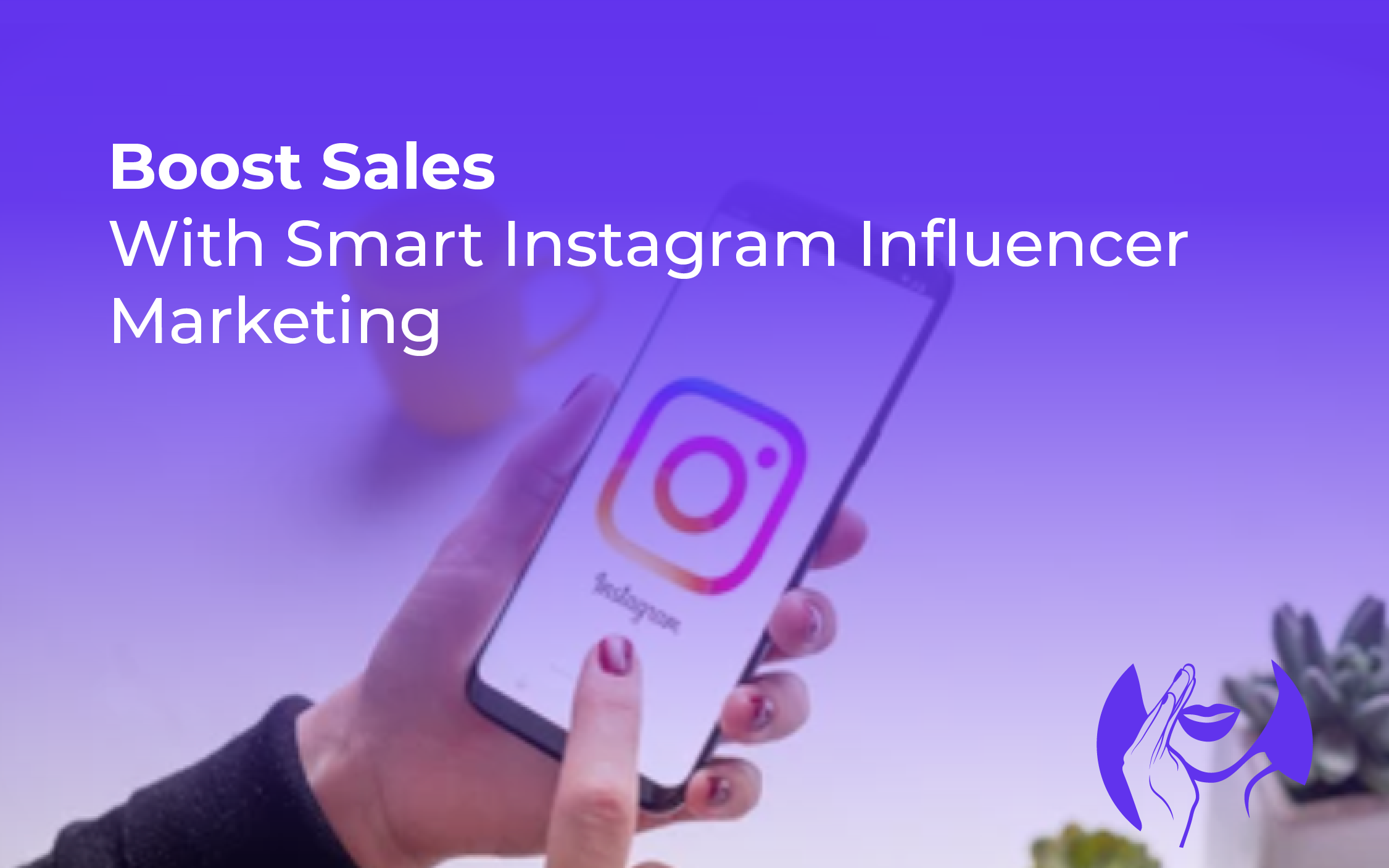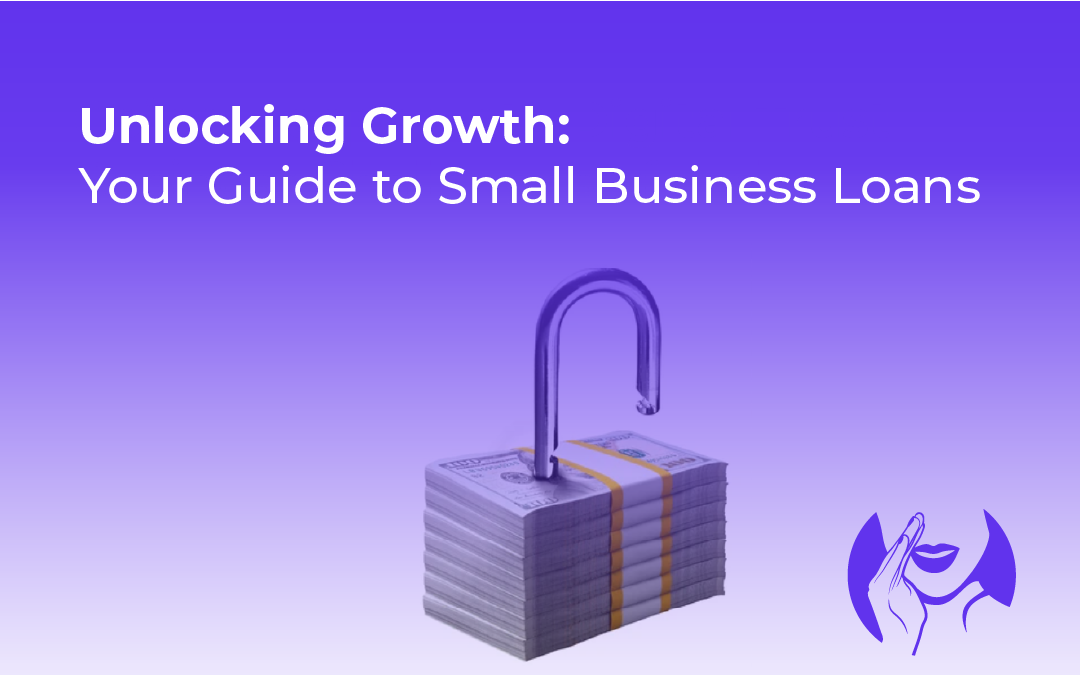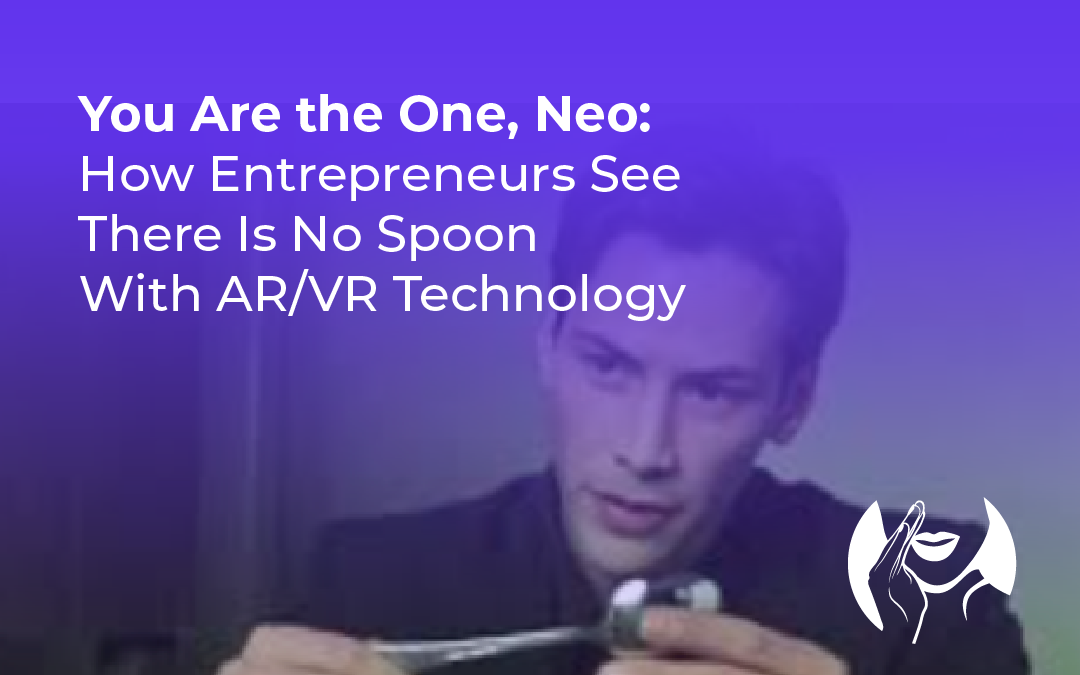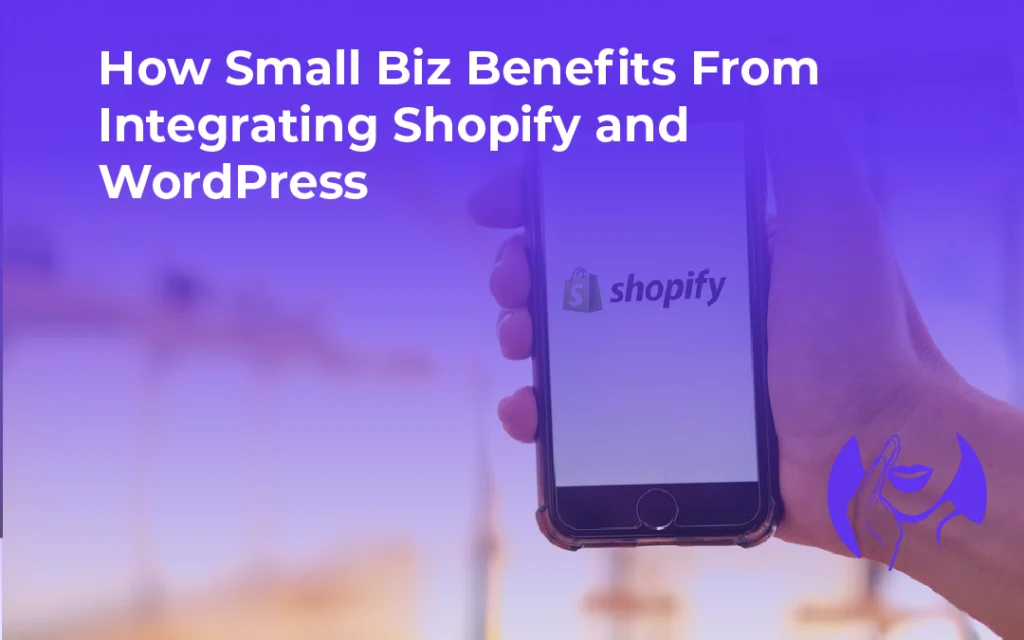The unlikely union of unrelated industries: are we truly looking at a recipe for success here?
It’s honestly hard to argue against that. We’re seeing examples sprouting everywhere on it. But is this for real? This thing called an “industry mashup”?
The fact is businesses refusing to innovate will soon find themselves standing still, watching as their competitors blow past them. Blending two sectors that appear fundamentally at odds can lead to truly groundbreaking results – an incredible manifestation of creative ingenuity. We’re talking about a pretty cool phenomenon here, commonly referred to as an…

Consider an event where number-crunching finance experts trade ideas with rockstar chefs. That’s the beautiful chaos of an industry mashup. Times of great change have given us the kind of business ideas that simply didn’t exist before – and made them wildly successful.
Think Outside the Box: That’s what happens when industries team up.
We’ll take you on a tour of the most unexpected, yet amazing, mashups that prove that two heads (or industries) are better than one. Buckle up, because the following examples are about to rewrite the rules and leave you wondering how you ever lived without them.
Reason #1: Unbridled Creativity
When you bring together two industries that have never intersected before, the possibilities are endless. Break free from the straightjacket of tradition and suddenly the gates of innovation swing wide open, allowing problem-solvers to dream up novel fixes for everyday challenges. Take, for instance, the example of Warby Parker , a company that combined the fashion industry with healthcare to create affordable, stylish eyeglasses. By smashing the status quo in eyewear, Warby Parker has managed to convince Americans to ditch their pricey glasses habits, hauling in a cool half-billion dollars annually as a result.
Reason #2: Identification of Unmet Needs
Industry mashups often identify unmet needs in the market, creating opportunities for entrepreneurs to fill those gaps. Uber Eats , for instance, merged the ride-hailing industry with food delivery, recognizing that people wanted convenient, hassle-free meal solutions. Think Budapest, think Bengaluru, think Berlin – Uber Eats is the go-to food delivery platform in over 500 cities worldwide, revolutionizing the way people order in. Finding real customer pain points is the mother lode for innovative

industry collaborations – these clever combos not only generate mind-boggling revenue but open doors to stunning business growth.
Reason #3: Disruption of Traditional Business Models
Industry mashups often challenge traditional business models, forcing companies to rethink their strategies and adapt to changing consumer behaviors. The term Peloton instantly conjures up images of sleek, high-tech exercise bikes speeding past in a burst of color and noise. One bright spot is a company that boldly brought fitness and technology together in a single venture. By offering high-end, internet-connected exercise bikes, Peloton has disrupted the traditional gym membership model, generating over $4 billion in revenue in 2020 alone. Picture this: industries coming together in unconventional ways, spawning fresh revenue streams and forcing entire markets to redefine themselves.
The Takeaway
Industry mashups are not just a flash in the pan; they’re a sign of innovation and progress. Entrepreneurs who mash up two unlikely industries can stumble upon fresh answers to stubborn problems, spot opportunities nobody else sees, and shake up the status quo. So, the next time you’re brainstorming business ideas, don’t be afraid to think outside the box (or industry). You never know when the next big thing might be just around the corner.
Get ready for a commerce chaotic coup — where previously separate sectors blend, and the outcomes are surprisingly potent.

With technology racing ahead and consumer preferences in constant flux, the scope for boundary-pushing fusions between industries is virtually limitless. From Fintech (finance + technology) to Edtech (education + technology), the boundaries between industries are blurring, giving rise to new opportunities for innovation and growth.
It’s time to shift gears, startup sensations! Imagine a world where businesses blur their lines and swap resources – that’s the thrilling reality unfolding before our eyes.













